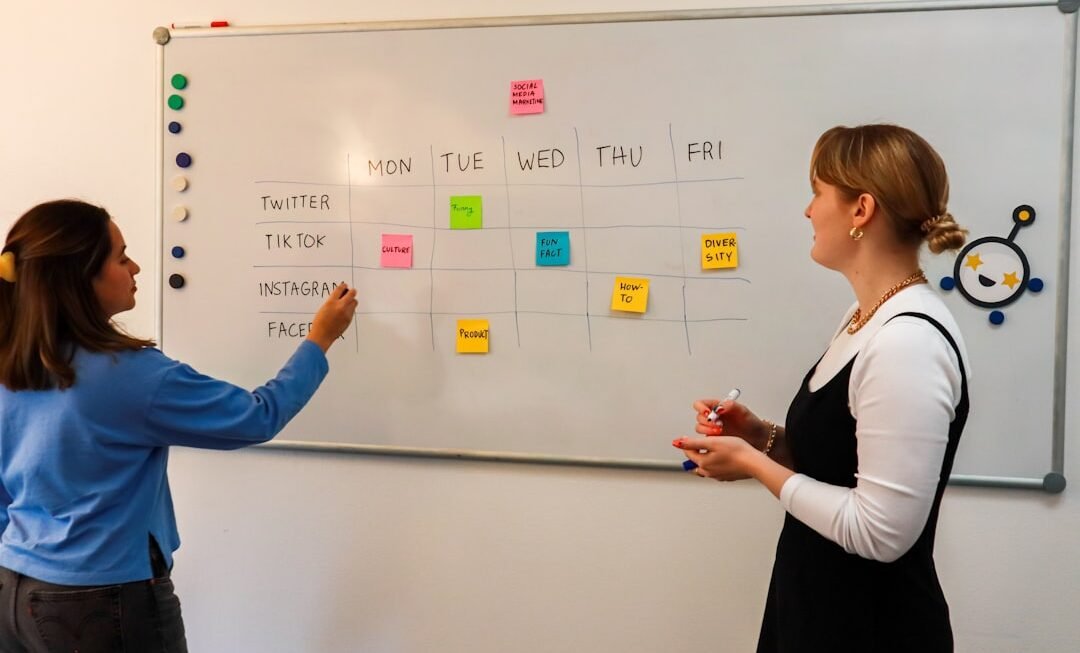E-learning, or electronic learning, refers to the use of digital technologies to access educational content outside traditional classroom settings. This approach encompasses online courses, virtual classrooms, and digital resources. The popularity of e-learning has grown significantly in recent years due to its flexibility and accessibility.
Learners can access materials and participate in educational activities from any location with internet connectivity, making it a convenient option for individuals with busy schedules or limited access to conventional educational institutions. E-learning has also demonstrated effectiveness in delivering education to a diverse range of students, including those with disabilities or other barriers to traditional learning environments. The potential of e-learning to transform education is significant, offering increased accessibility and personalization for individual learners.
Technological advancements have led to the development of various innovative software tools and platforms that enhance the learning experience. These include virtual reality, augmented reality, artificial intelligence, and personalized learning systems. Such tools are shaping the future of education by providing students with new opportunities to engage with course material in dynamic and interactive ways.
As e-learning continues to evolve, it is crucial to understand the impact of these innovative software tools on education and their role in shaping the future of learning.
The Impact of Innovative Software Tools on Education
Immersive Learning with Virtual Reality
Virtual reality (VR) is one such tool that creates immersive, 3D environments, allowing students to explore and interact with course material in a whole new way. For instance, medical students can use VR to simulate surgical procedures, giving them hands-on experience in a safe and controlled environment. This not only enhances their understanding of the material but also improves their confidence and skill level.
Interactive Experiences with Augmented Reality
Augmented reality (AR) is another innovative tool that overlays digital information onto the real world, creating interactive experiences that blend the physical and digital realms. This can be used to bring historical events to life, allowing students to see and interact with virtual artifacts and characters in their own environment.
Personalized Learning with Artificial Intelligence
Artificial intelligence (AI) is also playing a significant role in e-learning, particularly in the form of personalized learning. AI algorithms can analyze a student’s learning patterns and preferences to create a customized learning experience tailored to their individual needs. This can include adaptive learning platforms that adjust the difficulty of course material based on a student’s performance, as well as intelligent tutoring systems that provide personalized feedback and support.
Virtual Reality and Augmented Reality in E-Learning
Virtual reality (VR) and augmented reality (AR) are two innovative technologies that are transforming the e-learning landscape by providing immersive and interactive experiences for students. VR creates a simulated environment that allows users to interact with 3D objects and environments, while AR overlays digital information onto the real world, creating interactive experiences that blend the physical and digital realms. These technologies have the potential to revolutionize education by providing new ways for students to engage with course material and enhancing the learning experience in ways that were not possible before.
In e-learning, VR can be used to create realistic simulations that allow students to explore and interact with course material in a whole new way. For example, science students can use VR to explore the human body in 3D, allowing them to see and interact with anatomical structures in a way that is not possible with traditional textbooks or lectures. Similarly, history students can use AR to bring historical events to life, allowing them to see and interact with virtual artifacts and characters in their own environment.
These immersive experiences not only enhance students’ understanding of the material but also make learning more engaging and memorable.
Artificial Intelligence and Personalized Learning
Artificial intelligence (AI) is playing a significant role in e-learning by providing personalized learning experiences tailored to each individual student’s needs. AI algorithms can analyze a student’s learning patterns and preferences to create a customized learning experience that adapts to their individual needs. This can include adaptive learning platforms that adjust the difficulty of course material based on a student’s performance, as well as intelligent tutoring systems that provide personalized feedback and support.
These tools not only help students learn at their own pace but also provide educators with valuable insights into each student’s progress and areas for improvement. Personalized learning powered by AI has the potential to revolutionize education by providing tailored support for each student’s unique learning style and pace. For example, a student who struggles with math may receive additional practice problems and targeted support, while a student who excels in science may be given more challenging material to explore.
This individualized approach not only helps students succeed academically but also fosters a sense of empowerment and ownership over their own learning. By leveraging AI for personalized learning, educators can create more inclusive and effective learning environments that cater to the diverse needs of their students.
Gamification and Interactive Learning
Gamification is the integration of game elements and mechanics into non-game contexts, such as education, to make learning more engaging and interactive. In e-learning, gamification can take many forms, including points, badges, leaderboards, and rewards for completing tasks or mastering course material. These game elements are designed to motivate students, increase their engagement with course material, and provide immediate feedback on their progress.
By incorporating gamification into e-learning platforms, educators can create more dynamic and interactive learning experiences that appeal to a wide range of learners. Interactive learning is another key aspect of e-learning that is transforming education by providing students with hands-on experiences and opportunities for active participation. Interactive learning activities can include simulations, virtual labs, collaborative projects, and multimedia content that allow students to engage with course material in a dynamic and immersive way.
For example, language students can use interactive exercises to practice speaking and listening skills, while science students can conduct virtual experiments to explore scientific concepts in a safe and controlled environment. These interactive experiences not only enhance students’ understanding of the material but also foster critical thinking skills and creativity.
Mobile Learning and Microlearning
Flexibility and Accessibility
Mobile learning has become increasingly popular in recent years due to its flexibility and accessibility, providing new opportunities for students to learn at their own pace and on their own terms.
Microlearning: A New Approach to E-Learning
Microlearning is another innovative approach to e-learning that involves delivering content in small, bite-sized chunks that are easy to digest and retain. This can include short videos, quizzes, infographics, or interactive exercises that focus on specific learning objectives or skills.
Enhanced Retention and Personalized Learning
By breaking down course material into smaller segments, microlearning allows students to focus on one concept at a time, making it easier for them to understand and apply what they have learned. This approach not only enhances retention but also provides a more flexible and personalized learning experience for students.
The Role of Big Data in E-Learning
Big data refers to the large volume of data that is collected from various sources, such as e-learning platforms, student interactions, assessments, and feedback. This data can be analyzed using advanced analytics tools to gain valuable insights into student performance, engagement, and learning patterns. By leveraging big data in e-learning, educators can make informed decisions about course design, instructional strategies, and personalized support for each student.
One key application of big data in e-learning is predictive analytics, which uses historical data to forecast future trends and outcomes. For example, educators can use predictive analytics to identify at-risk students who may need additional support or intervention based on their performance and engagement data. This proactive approach not only helps educators support struggling students but also enables them to tailor their instructional strategies to meet the diverse needs of their students.
In conclusion, e-learning is transforming education by providing new opportunities for students to engage with course material in dynamic and interactive ways. From virtual reality and augmented reality to artificial intelligence and personalized learning, innovative software tools are shaping the future of education by making it more accessible and personalized for each individual learner. By leveraging these tools, educators can create more inclusive and effective learning environments that cater to the diverse needs of their students.
As e-learning continues to grow and evolve, it is important to understand the impact of these innovative software tools on education and how they are shaping the future of learning.












